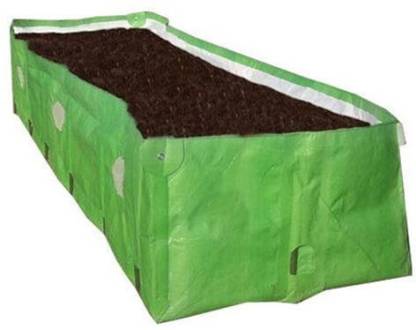


Company Information
Ask for more detail from the seller
Contact SupplierVermicompost, also known as vermibed, is made from the decomposition of organic materials by worms. It is a rich source of nutrients and can be used in a variety of settings, including home gardens, commercial farming, and landscaping. Here are some steps for making vermicompost:
Key point : vermibed, vermibed for plants, vermicompost bag, vermicompost bags for manufacturing, hdpe vermicompost bed, hdpe vermi bed



